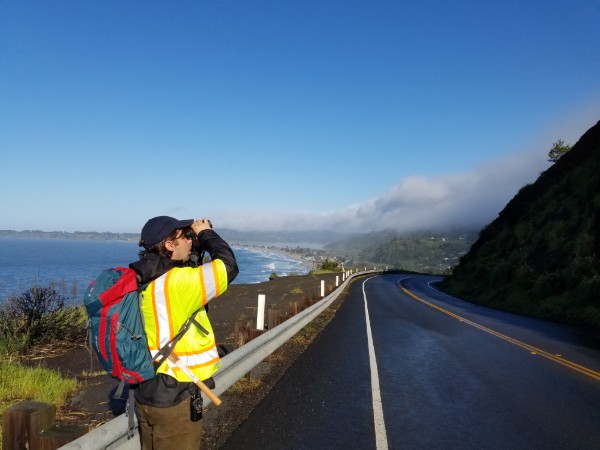Early Detection Beyond Boundaries

Invasive plants don’t see our property lines. The five partners that make up Marin County’s One Tam partnership know this, and they teamed up to create an Early Detection and Rapid Response (EDRR) program tasked with identifying and managing invasives spanning the jurisdictions on Mt. Tamalpais.
Led by staff from the Golden Gate National Parks Conservancy, crews from One Tam surveyed over 400 miles of roads, trails, and riparian corridors, identifying priority species and treating small patches where practical. In the process, the team standardized tracking data across the partnership and created a flexible staffing model to help fill essential gaps in treatment capability. The work, which will be repeated on a three-year cycle, ensures that invasive species new to the mountain are detected quickly and manage at cost-effective stages.
The EDRR team has now released a full report on its work from the first survey cycle, offering deep analysis of survey efforts and offering detailed strategies for addressing the mountain’s most formidable weeds. The early detection work is a cornerstone to One Tam’s efforts to protect the mountain’s iconic landscapes, and the plants and animals that call them home. Read the full Beyond Boundaries report here.
You can also view the One Tam Early Detection Rapid Response protocol here. Developed in 2016 and subsequently revised, this Early Detection Rapid Response protocol serves the invasive plant monitoring needs of the One Tam agencies. While this protocol is in routine use at One Tam, it is also a living document, with occasional changes to the species list or other elements.


